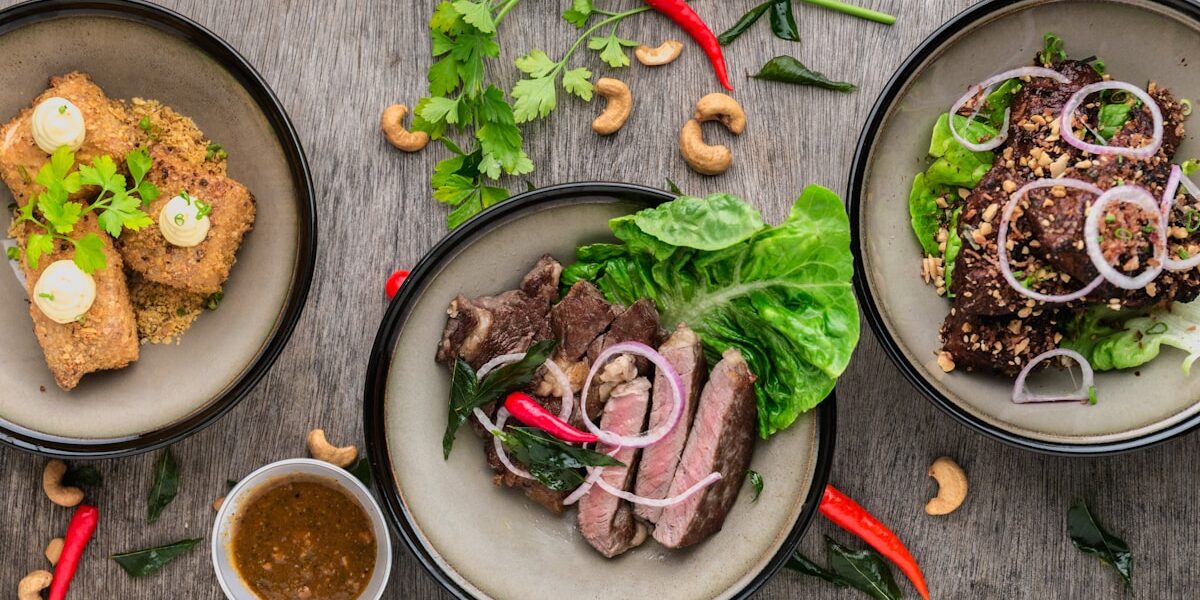Wine and Cheese Pairing
Wine and cheese pairing can seem intimidating. With a bit of knowledge, it becomes an enjoyable exploration of flavors. Here’s how to pair wine with cheese effectively.
Understanding Flavor Profiles
Different wines and cheeses have distinct flavor profiles. Understanding these flavors is crucial for successful pairing.
Common Wine Flavors
- Red Wines: Often bold and complex, with flavors ranging from fruity (cherry, raspberry) to earthy (leather, tobacco).
- White Wines: Usually lighter and often more acidic, offering flavors like citrus, green apple, and floral notes.
- Rosé Wines: A blend of red and white wine characteristics, often fruity and refreshing.
Common Cheese Flavors
- Fresh Cheeses: Mild and tangy; examples include mozzarella and ricotta.
- Soft Cheeses: Creamy and sometimes pungent; examples are brie and camembert.
- Hard Cheeses: Often sharp and nutty; examples include cheddar and gouda.
- Blue Cheeses: Strong and tangy, with veins of blue mold; examples include Roquefort and gorgonzola.
Pairing Principles
Balancing intensity and finding complementary flavors are key when pairing wines and cheeses.
Match Intensity
Pair bold wines with strong cheeses and light wines with mild cheeses. A strong cabernet sauvignon would overshadow a delicate goat cheese but pairs well with an aged cheddar. A crisp sauvignon blanc matches beautifully with a fresh chèvre.
Find Complementary Flavors
Look for flavors in both that complement or enhance one another. The nutty taste of gouda pairs wonderfully with the apple notes of a chenin blanc. The fruity flavors of a merlot can highlight the creamy characteristics of brie.
Consider Texture
The mouthfeel of both wine and cheese can create a harmonious pairing. Creamy cheeses work well with wines that have good acidity, like a champagne or chardonnay, to cut through the richness. Hard cheeses like parmesan pair well with full-bodied reds that match their firm texture.
Classic Pairings
Some wine and cheese pairings are classic for a reason. These combinations have stood the test of time.
Brie and Chardonnay
Brie’s creamy and buttery texture pairs well with the rich, often buttery notes of a chardonnay. The wine’s acidity balances the cheese’s richness.
Cabernet Sauvignon and Aged Cheddar
This robust wine pairs beautifully with the bold, tangy flavors of aged cheddar. The cheese’s nuttiness complements the dark fruit and tannins of the wine.
Goat Cheese and Sauvignon Blanc
The high acidity and citrus notes of sauvignon blanc cut through the tanginess of goat cheese, making for a refreshing pairing.
Gorgonzola and Port
Port’s sweetness balances the strong pungency and saltiness of gorgonzola. This pairing offers a delightful contrast.
Experimenting with Pairings
While there are classic pairings, experimenting can lead to delightful discoveries.
Try Regional Pairings
Local cheeses often pair best with wines from the same region. For instance, a Spanish manchego with a Rioja wine can make a perfect match.
Consider the Occasion
If you’re hosting a casual gathering, simpler pairings might work best. For more formal tastings, include a variety of cheeses and wines to explore different combinations.
Keep It Simple
Start with a few cheeses and wines. This makes it easier to identify which pairings work for you.
Tips for Serving
How you serve your wine and cheese can affect the tasting experience.
Serve Cheese at Room Temperature
Let cheese sit out for about an hour before serving. This enhances its flavor and texture.
Serve Wine at the Correct Temperature
- Red Wines: Slightly cooler than room temperature, about 60-65°F (15-18°C).
- White Wines: Chilled but not too cold, about 50-55°F (10-13°C).
- Rosé Wines: Best served chilled, about 45-55°F (7-13°C).
Provide a Variety of Cheeses
Including a mix of textures and flavors enhances the pairing experience. Offer soft, hard, blue, and fresh cheeses.
Use the Right Glassware
Different wines can benefit from specific glass shapes. Use a glass that best suits the type of wine being served to enhance its flavors and aromas.
“`

